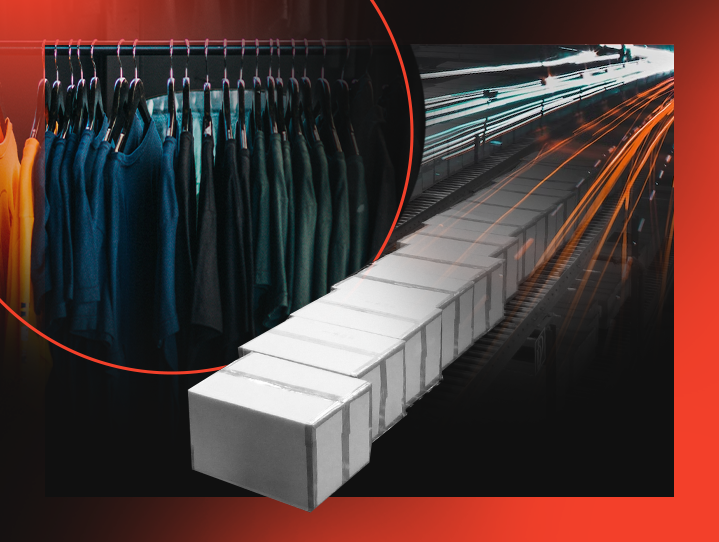Ready to Deliver the Largest Shipments
The year was 2017. Over a dozen people worked at Apla. Although completing orders that call for thousands of copies was nothing new to any of our specialists, a new challenge appeared on the horizon.
A contract for one of the leading companies in the automotive industry.
Almost a quarter of a million t-shirts.
General information about the order:
- 242 000 t-shirts
- Print on the front side
- 5-color design
- Color separation
- Shipment to 10 countries
- Short-term delivery
Challenge accepted.
How Did We Navigate the Entire Process?
Step 1
When we began our collaboration, the client needed assistance with selecting the best solution. We brought five different options to the table.
The first decision to be made was about the color of the t-shirts: white or green. The second one – choosing the final design from three different variants.
What was needed? Samples.
We presented five different samples to the client. In the meantime, our Sales team negotiated prices and schedules with our suppliers.
A white Gildan Heavy t-shirt was chosen.
Step 2
After the samples helped with the selection of the color, design, and style of the t-shirt, it was time for the visualization.
We’ve created a precise and realistic rendering that included all key aspects of the order, like the placement of the print and Pantone colors.
Visualization.
Approval.
Fulfillment – here we go!
Step 3
Our specialists buckled up and proceeded.
The Graphic Design team prepared the color separation and printed the film positives. The Screens team fixed the film positives to the screens used in screen printing (one screen for each of the five colors that were to be printed). The Production team prepared the screen printing inks and selected Pantone colors according to the Rutland RGMatching System program.
The preparations were complete. It was time to set up the printing press and align all the screens to achieve the perfect registration, and then…
Step 4
The sample print.
This step included the precise verification of multiple parameters, like checking:
- The colors against the Pantone guide.
- The central placement of the print.
- The position of the print.
- The alignment of the print with the approved visualization.
This was the stage rehearsal. If any issues would be submitted, the entire process needed to be redone.
In this case, the first try was approved for production.
We began the printing process, with the speed of 450–600 t-shirts per hour.
Step 5
After the print was ready, it was time to proceed to quality control:
- Curing the ink in a dryer tunnel (in this case, each t-shirt spent two minutes in 180°C).
- After each shirt was picked up by the operator, the print was verified: its placement, the visibility of the details, any missing spots or errors, or stains on the t-shirt.
What was next?
According to the client’s specifications, the t-shirts were shipped to 10 countries.
These included:
- Great Britain
- Germany
- Switzerland
- Italy
- Belgium
- Poland
- Romania
- Czech Republic
- Spain
- Bulgaria
In the entire shipping process we collaborated with our logistic partners, who were also responsible for an elaborate system of package monitoring.
The printing process was completed in 2.5 weeks. The merchandise was received at specified locations in about 3 weeks from the moment of order.
It was the largest order in 2017 in Europe.
